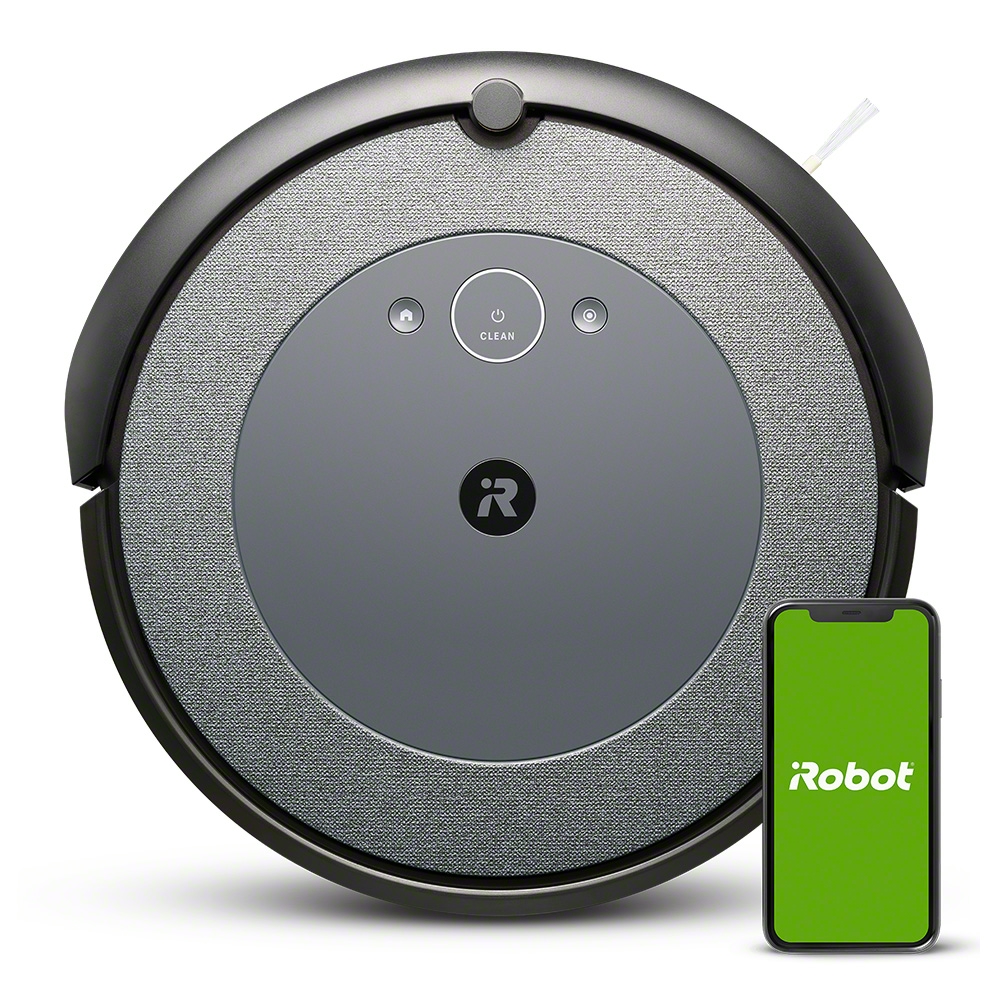You have /5 articles left.
Sign up for a free account or log in.
Hanukkah brought with it a new addition to our household -- a Roomba robot vacuum cleaner.
As I sip my coffee each morning and watch the Roomba diligently vacuum our home, my thoughts often wander to what this robot might be telling us about the future of higher ed.
Substitute "ed tech" for "robot vacuum cleaner" and the future of technology-enabled education becomes a bit clearer. The lessons that robot vacuum cleaners might be telling us about the future of higher ed include:
Benefits
Our house has never been cleaner. The Roomba runs every morning. Dog hair that usually collects on rugs and corners between weekly vacuuming no longer collects. The robot (we got the i3+ with the automatic emptying base for $399 on Cyber Monday) vacuums our entire first floor in about 1.5 hours, with no human assistance or guidance. When the vacuum robot is done cleaning, it returns to its home base, where its load is sucked up.
What is the Roomba equivalent in higher ed? I'd mostly argue that technology (or at least digital technologies) has not been all that great for higher education. Teaching and learning are relational activities. Efforts to replace human labor with technology almost always fail when it comes to education. Technologies that enhance the relationship between educators and learners, or among learners, are nearly always a positive. Technologies that impede learning relationships have almost universal negative effects. Sometimes, the same technologies (synchronous online platforms such as Zoom or learning management systems) can be used as either relationship enhancers or relationship substitutes.
The Roomba of higher education, when it arrives, will, I suspect, have something to do with enabling quality (and relationally based) online learning at scale. Some combination of peer-interaction, analytics-based nudging and efficient pathways to education/student interactions will enable online course sizes to increase. In this area, vacuum cleaners are well ahead of education.
Problems
The robot that autonomously vacuums the downstairs of my house is actually not our first Roomba. The first i3+ that was delivered to our home was unable to dock. The robot would return to its base but at the last moment veer off in a way that made docking impossible. I suspect that there was a problem with its wheel alignment. To Roomba's credit, they quickly sent us a replacement robot at no charge -- and paid to ship the old one back.
The initial problem with our first robot vacuum cleaner reveals a critical aspect of any new educational technology. There will be problems. The first Roomba came out in 2002. iRobot, the company behind the Roomba (which was founded by three members of MIT's Artificial Intelligence Lab), has had almost 20 years to iterate and improve the technology. And even then, as I learned with our first Roomba, things can still go wrong.
We should expect that any new learning technology makes things worse before it makes anything better. We may be in that stage now with Zoom. Zoom classes are often run as if the professor and the students were still together in a physical room -- rather than teaching and learning in a different sort of medium. As with the first movies and television shows, which were basically filmed plays, it will take a while for educators to learn to leverage the strengths (and avoid the weaknesses) of synchronous online platforms. (By the way, the traditional online learning community has mostly figured this out -- although our lessons have not fully disseminated to the pandemic-era remote learning reality in which we now live.)
Complements
When it comes to discussions about the future of robots and jobs, the assumption is that automation will erode humans' future employment prospects. This is a very old argument and not worth rehashing here. Suffice to say that you either believe that robots will take all the jobs or think that we will invent new ways of working once robots are doing much of the work.
Our robot vacuum cleaner is replacing the work of a person pushing around a vacuum. Where once we had to pull out the upright vacuum daily to suck up the dog hair, nowadays the Roomba is autonomously doing that work. This does not mean, however, that I've stopped vacuuming. After the Roomba, my next purchase was a handheld cordless vacuum to clean where the Roomba does not reach. The time I once spent vacuuming floors is now free to vacuum the furniture thoroughly.
We are likely to see something similar with education and technology. Automate some processes with technology -- such as shifting from 50-minute in-person lectures to shorter video lectures and adaptive learning platforms -- and educators will be able to use that time to do something else. Instead of lecturing, a professor can spend time providing individual coaching. In this way, educational technologies do not substitute for relational teaching and learning but complement (and maybe enhance) this process.
Of course, it is not a given that ed tech will catalyze rather than impede relational education. The pressure to drive costs down will push many schools into trying to scale teaching without regard to learning quality. It is up to all of us -- particularly those who work in ed tech -- to fight these efforts.




